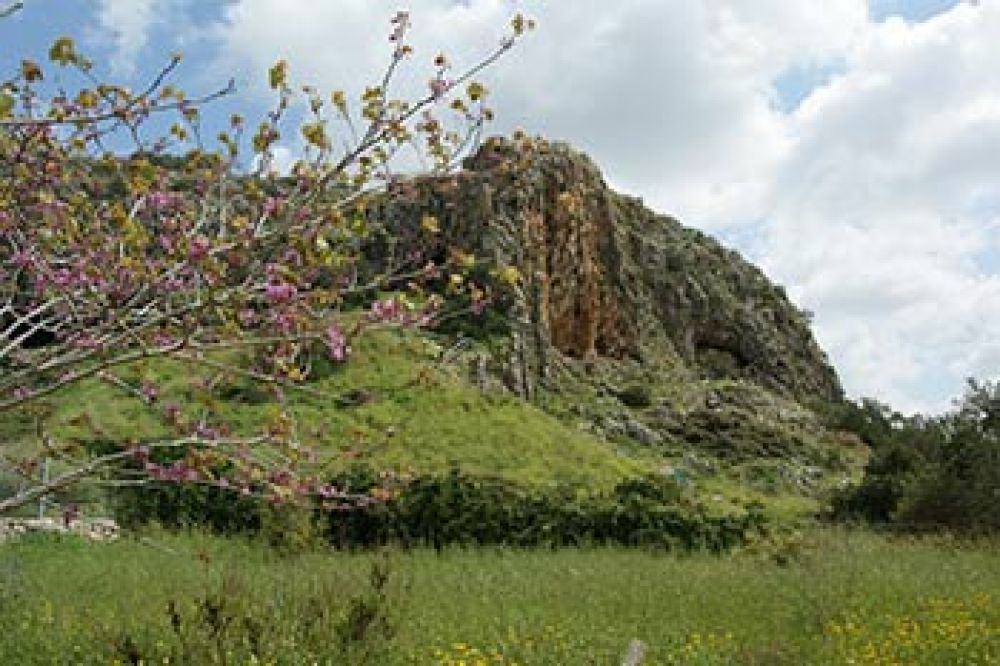

The history of Elijah's Cave in Haifa extends back into the depths of time, intertwining with religious traditions and historic folklore. As the legendary resting place of the prophet Elijah, revered in Judaism, Christianity, and Islam, the cave has been a focal point for pilgrims for centuries. According to tradition, Elijah took refuge in this cave while fleeing from the wrath of Queen Jezebel after his victory over the Baal prophets.
Pilgrimages to Elijah's Cave can be traced back to the Roman and Byzantine periods when early Christians would visit sacred sites associated with Biblical events and figures. Over the centuries, the cave became a symbol of faith and mysticism, attracting visitors seeking spiritual solace and connection.
In the Middle Ages, the importance of Elijah's Cave continued to grow among different religious communities. Jewish pilgrims visited the cave, especially during significant religious occasions such as the Festival of Passover and the Jewish New Year.
In the 19th and early 20th centuries, with the rise of more organized travel, an increasing number of travelers from Europe and America included the Holy Land in their itineraries, with Haifa and Elijah's Cave often highlighted as must-see destinations. Many of these travelers documented their experiences, contributing to the cave's mystique and allure for future visitors.
With the establishment of the State of Israel in 1948, the country actively began to promote its historical and religious sites to international tourists. Haifa, being a major port and a city with diverse cultural attractions, benefited from this effort. The Israeli Ministry of Tourism fostered the city's narrative as a blend of modern innovation and ancient tradition, with Elijah's Cave playing a pivotal role in showcasing the city's spiritual heritage.
In recent years, visitor experience at Elijah's Cave has been enhanced through improved accessibility and interpretive resources, such as multilingual guides and informative displays detailing the cave's history and significance. Additionally, the advent of virtual reality (VR) technology has allowed tourists who cannot physically travel to Israel to take virtual tours of the cave and its surroundings.
Sustainable tourism has also become a significant trend, with efforts to preserve the natural state of the cave environment while accommodating visitors. Local stakeholders strive to balance historical preservation with tourism development, ensuring that the sanctity and integrity of the site are maintained for future generations.
As global travel patterns continue to evolve, the tourism sector in Haifa, including Elijah's Cave, is likely to adapt to new challenges and opportunities. Efforts to diversify the tourist experience, such as incorporating interactive exhibits or augmented reality presentations, could further solidify Elijah's Cave as a destination that bridges the ancient world with the cutting-edge technology of the future.
For those planning a visit, Elijah's Cave is located at the base of Mount Carmel and is easily accessible from central Haifa. Visitors are encouraged to respect the sacred nature of the site, keeping in mind the diverse cultural and religious traditions that converge at this historic location.